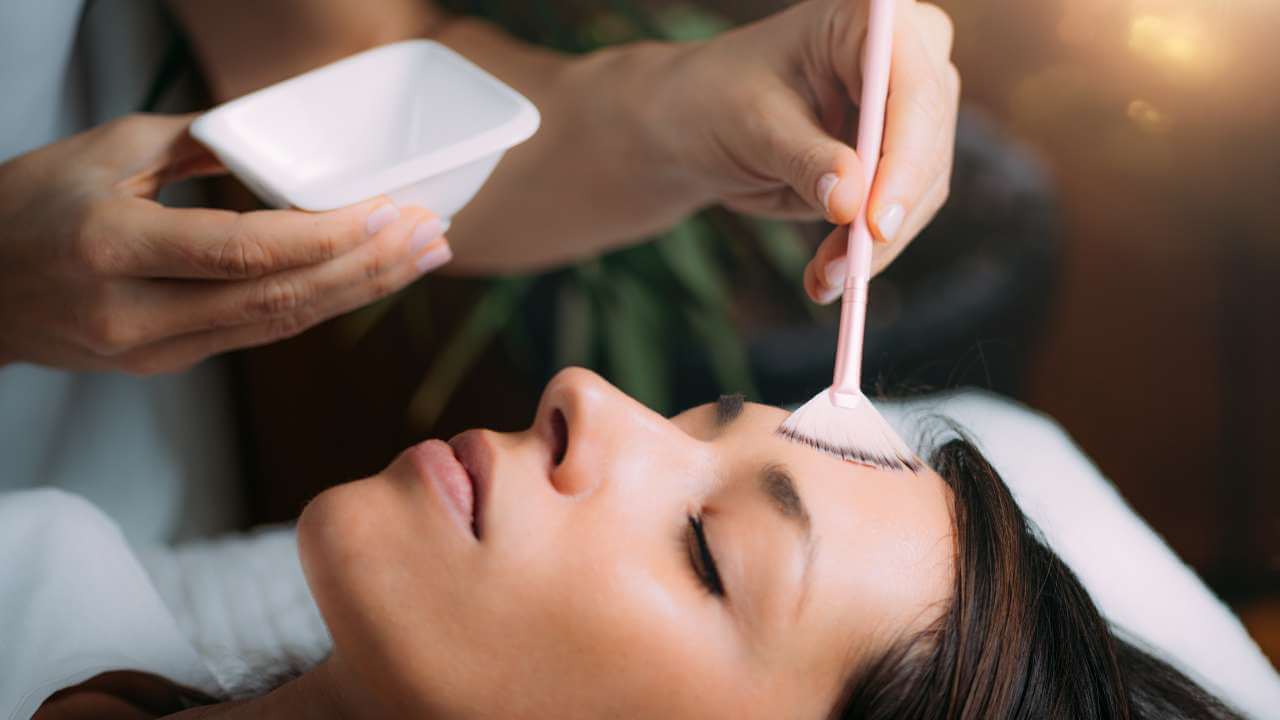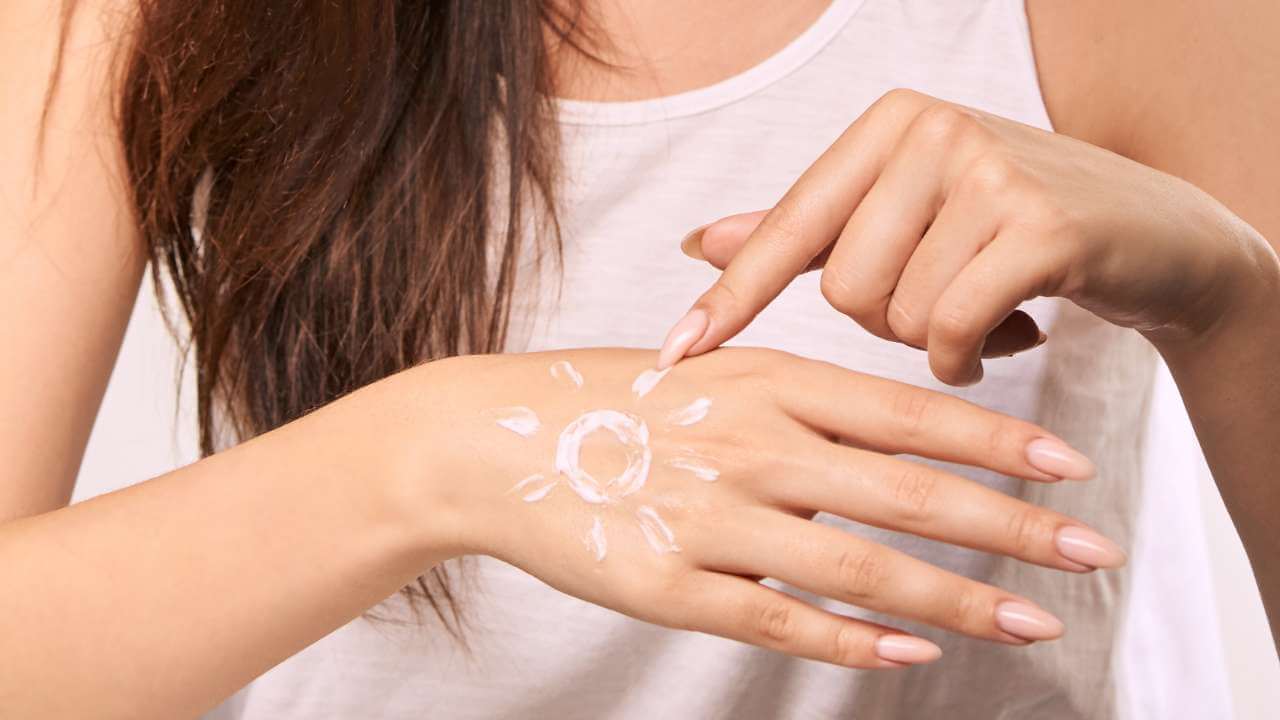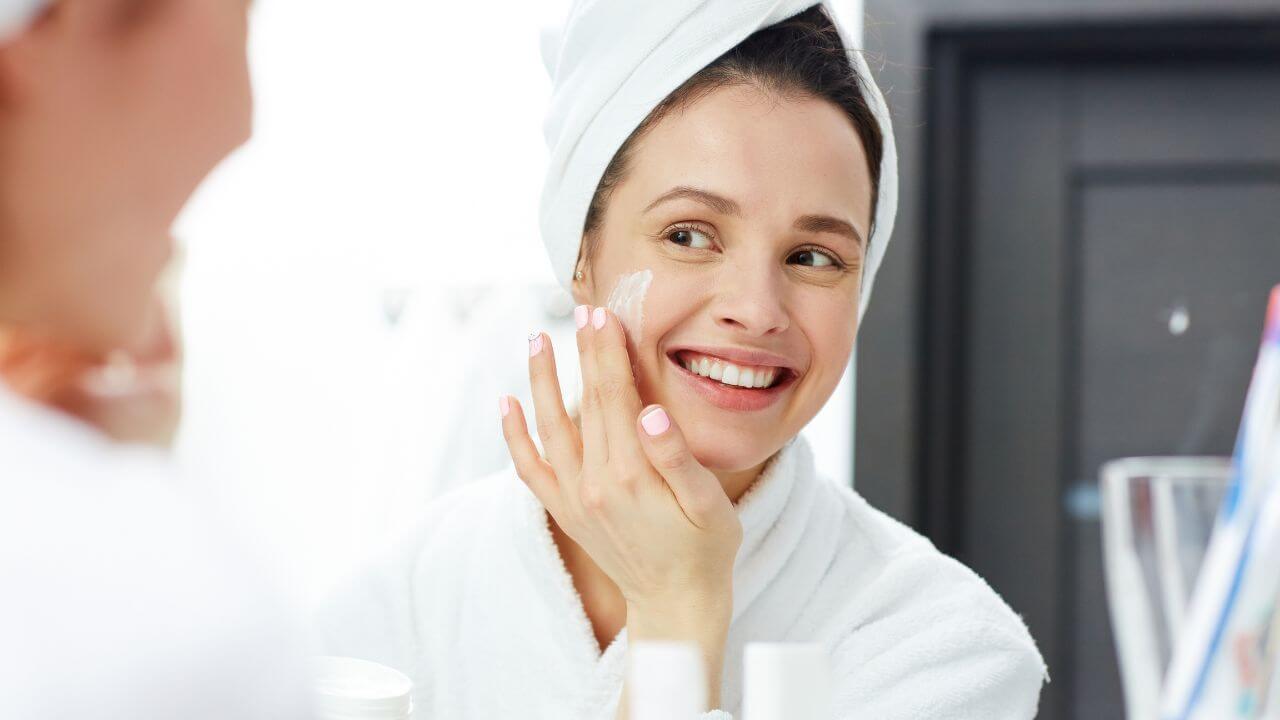Attention, to all those struggling with hyperpigmentation! Are you tired of feeling self-conscious about those stubborn dark spots on your skin? Are you looking for a solution to fade hyperpigmentation and get rid of it for good?
If so, you've come to the right place. In this article, we will answer the burning question on everyone's minds: How long does hyperpigmentation take to fade away?
Whether you have a fair complexion or dark skin tone, we will explore the different factors that affect the duration of hyperpigmentation and provide you with expert tips on how to get rid of it.
So, if you're ready to achieve a clearer, more even-toned complexion, keep reading!
Key Takeaways:
- Hyperpigmentation is a skin condition characterized by dark spots or patches caused by excess melanin production.
- It can be triggered by sun damage, hormones, inflammation, and certain medications.
- The most common types include melasma, post-inflammatory hyperpigmentation, sunspots, and freckles.
- Treatments range from topical creams to laser therapy, while preventative measures involve sunscreen use, gentle skincare, and a healthy lifestyle.
- It can take months or years for hyperpigmentation to fade, but treatments accelerate the process of lightening dark spots, acne marks, and uneven skin tone.

What is Hyperpigmentation?
Hyperpigmentation is a common skin condition that causes patches or spots of skin to become darker in color than the surrounding area. This occurs due to excess melanin production, the pigment that gives color to our skin.[1]
There are several types of hyperpigmentation:
- Melasma: A common form of hyperpigmentation that occurs in patches of dark spots, often on the face, due to increased melanin production caused by hormonal changes, pregnancy, taking birth control pills, or sun exposure.[2] For these reasons, women are more likely to develop melasma than their male counterparts and why it is commonly referred to as the “mask of pregnancy”.
- Post-inflammatory Hyperpigmentation (PIH): This type of hyperpigmentation occuring as a result of an injury to the skin, such as acne vulgaris, burns, or cuts is known as post-inflammatory hyperpigmentation.
- Sunspots: Also known as solar lentigines, sunspots are caused by prolonged exposure to the sun and often appear on the face, hands, and other areas exposed to the sun.[3]
- Age spots: As the name suggests, age spots are associated with aging and often appear on areas of the skin that receive the most sun exposure over time.
- Freckles: These are small, flat, and dark brown spots that often appear on the face, around the mouth, and other areas frequently exposed to the sun. Freckles are usually genetic and become more prominent with sun exposure.
It's important to note that hyperpigmentation can affect people of all skin types, but those with darker skin tones are more prone to developing it. A treatment option depends on the type and severity of the condition and can include topical creams, chemical peels, laser therapy, and more.
What Causes Hyperpigmentation?
Before diving into the treatments for hyperpigmentation, it's important to understand what's causing it in the first place. In this section, we'll explore the various factors that can contribute to hyperpigmentation, including sun exposure, hormonal changes, inflammation or injury to irritated skin, genetics, medications, and aging.
By identifying the underlying root cause of hyperpigmentation, we can better tailor our treatments and prevent future occurrences.
- Sun Exposure: Prolonged exposure to the sun's ultraviolet (UV) rays is a common cause of hyperpigmentation, especially in fair-skinned individuals.
- Hormonal Changes: Fluctuations in hormones, such as during pregnancy or menopause, can cause hyperpigmentation.
- Inflammation or Injury to the Skin: Acne, eczema, psoriasis, and other skin conditions can lead to inflammation causing dark spots as the skin heals.[4]
- Genetics: Certain genetic factors can increase the likelihood of developing hyperpigmentation.
- Medications: Some medications, such as certain antibiotics and chemotherapy drugs, can cause hyperpigmentation as a side effect.
- Aging: As we age, our skin produces less collagen and elastin, leading to age spots and other types of hyperpigmentation.
It's important to note that certain lifestyle factors, such as smoking and a poor diet, may also contribute to hyperpigmentation.[5] Maintaining a healthy skin care routine and protecting your skin from the sun can help prevent and minimize hyperpigmentation.

Hyperpigmentation Treatment Options
Now that we understand what causes hyperpigmentation, let's explore the different treatments available to help fade away those pesky dark spots.
While some treatments may work better than others depending on the underlying cause of hyperpigmentation, there are several options available to suit different skin types and concerns.
1․ Topical Creams
Over-the-counter creams and serums containing active ingredients like hydroquinone, kojic acid, and vitamin C can help lighten dark spots and even out the natural skin tone.[6] White mulberry extract is also very helpful with darkened skin and often found in vitamin C serums to lighten dark patches.
2․ Chemical Peels
Chemical peels work by applying a solution to the skin to remove the top layer of dead skin cells and stimulate new skin growth.[7] This can eventually fade dark spots and improve the overall appearance of the skin.
3․ Laser Therapy
Laser therapy uses focused beams of light to target and destroy pigmented skin cells caused by the body's excess production of melanin. This can help reduce the appearance of hyperpigmentation.
4․ Microdermabrasion
Microdermabrasion involves using a device to exfoliate the top layer of skin to uncover new skin cells underneath, which can help improve the texture and tone of the skin.[8]
5․ Natural Remedies
Some natural remedies, such as aloe vera, turmeric, and lemon juice, are rich in vitamin C and have been found to have skin-lightening properties that may help hyperpigmentation to fade. Homemade facial mask recipes using these ingredients are becoming increasingly popular to reduce acne scars and dark spots since they are cheap and easy to make.
6․ Skincare Routine
A consistent treatment and skincare routine that includes gentle cleansing, use of ceramide-rich moisturizers, and sunscreen can protect the skin barrier and help prevent and treat hyperpigmentation.
Skin lighteners such as hydroquinone and azelaic acid work by inhibiting the production of melanin, which is the pigment responsible for giving color to our skin.
Body washes made specifically for hyperpigmentation can also help to reduce dark spot discoloration and even out darker skin tones.
7․ Retinoids and Steroids
Retinoids are derivatives of vitamin A that work by increasing skin cell turnover, which helps to fade hyperpigmentation by shedding the top layer of discolored skin.[9]
Retinoids also have anti-inflammatory properties that can help reduce dark spots and acne marks caused by post-inflammatory hyperpigmentation resulting from inflammation or skin injury.
Topical steroids work by reducing inflammation and suppressing the immune response, which can help reduce post-inflammatory hyperpigmentation.
8․ Glycolic Acid
Glycolic acid is an alpha-hydroxy acid that can help exfoliate the skin and fade dark spots. It's commonly used to speed up skin turnover and found in skincare products like toners and serums, however, we feel that the easiest method is to simply use a glycolic acid face wash.
9․ Treat Underlying Skin Conditions
If hyperpigmentation is caused by an underlying skin condition, such as acne or eczema, treating the specific condition can help improve the appearance of dark spots.
It's important to note that not all treatments work for everyone and that results may vary based on skin type and the severity of hyperpigmentation.

How to Prevent Hyperpigmentation?
Preventing hyperpigmentation is essential to maintaining healthy, even-toned skin. By following a few simple tips and incorporating healthy habits into your skincare routine, you can reduce your risk of developing hyperpigmentation and achieve a glowing complexion.
- Wear Sunscreen: Protect your skin from the sun's harmful UV rays by wearing a broad-spectrum sunscreen with at least SPF 30 (Sun Protection Factor), even on cloudy days.
- Limit Sun Exposure: Avoid prolonged exposure to the sun, especially during peak hours when the sun's rays are the strongest.
- Wear Protective Clothing: Sun protection also includes covering your skin with protective clothing, such as long-sleeved shirts, hats, and sunglasses, when spending time outdoors.
- Avoid Picking at Acne: Picking at acne can cause inflammation and skin damage, which can lead to post-inflammatory hyperpigmentation and acne scarring.
- Be Gentle with Your Skin: Use gentle, non-irritating skincare products and avoid harsh scrubs or exfoliants that can aggravate symptoms and damage the skin.
- Maintain a Healthy Lifestyle: A healthy diet and regular exercise can help promote healthy skin and prevent hyperpigmentation.
By taking preventative measures and being mindful of your skin, you can reduce your risk of developing post-inflammatory hyperpigmentation and maintain an even, healthy skin tone.
Did We Mention...
How to Get Rid of Hyperpigmentation FAQs?
In this section, we'll answer some frequently asked questions about hyperpigmentation. By addressing these frequently asked questions, we hope to empower you with the knowledge and tools to manage hyperpigmentation and achieve your best possible skin health.
So, let's dive into some common questions about hyperpigmentation.
Q: How Long Does Hyperpigmentation Take To Fade?
The duration of hyperpigmentation varies based on the individual and the severity of the condition. In many cases, hyperpigmentation may fade on its own over several months, while in others, it may persist for even years.
Treatment options such as topical creams, chemical peels, and laser therapy can expedite the process. It's important to note that hyperpigmentation can be prevented with adequate sun protection by wearing sunscreen and avoiding sun exposure. Consult with a dermatologist to determine the best course of action to begin treatment for your specific case.
Q: Do All Treatments for Hyperpigmentation Work on All Skin Types?
No, not all treatments for hyperpigmentation work on all skin types. Some treatments may be more effective or less effective depending on a person's skin type and underlying condition.
For example, individuals with darker skin tones may be more prone to post-inflammatory hyperpigmentation dark spots and may require a different approach to treatment than those with lighter skin tones.
Similarly, those with sensitive skin may need to avoid harsh chemical peels or laser treatments that can cause irritation or damage to the skin.

The Final Mention
Hyperpigmentation and discolored skin can be frustrating, but there are many ways to get rid of hyperpigmentation and prevent it from occurring in the future. By taking good care of your skin, using protective measures, and considering skin-lightening treatments, you can maintain your natural skin color and keep your skin looking its best. Remember, healthy skin cells are the foundation of beautiful, radiant skin.
We hope these tips have been helpful, and we look forward to building a community of people who are willing to help each other achieve healthy, glowing skin.
Be sure to sign up for our newsletter to stay up-to-date on the latest skincare tips and connect with others who share your passion for natural, healthy skin.
Together, we can prevent future hyperpigmentation and achieve the best possible skin health.
✅ 9 Sources
HealthMention only uses sources from authoritative and reliable resources, such as peer-reviewed studies, to strengthen the accuracy of our content.
- Desai SR. Hyperpigmentation Therapy: A Review. The Journal of Clinical and Aesthetic Dermatology. 2014;7(8):13. https://www.ncbi.nlm.nih.gov/pmc/articles/PMC4142815/
- Bolanca I, Bolanca Z, Kuna K, et al. Chloasma--the mask of pregnancy. Collegium Antropologicum. 2008;32 Suppl 2:139-141. https://pubmed.ncbi.nlm.nih.gov/19140277/
- Choi W, Yin L, Smuda C, Batzer J, Hearing VJ, Kolbe L. Molecular and histological characterization of age spots. Experimental Dermatology. 2017;26(3):242-248. doi:https://doi.org/10.1111/exd.13203
- Lawrence E, Al Aboud KM. Postinflammatory Hyperpigmentation. PubMed. Published 2023. https://pubmed.ncbi.nlm.nih.gov/32644576/
- Nakamura M, Ueda Y, Hayashi M, Kato H, Furuhashi T, Morita A. Tobacco smoke-induced skin pigmentation is mediated by the aryl hydrocarbon receptor. Experimental Dermatology. 2013;22(8):556-558. doi:https://doi.org/10.1111/exd.12170
- Schwartz C, Jan A, Zito PM. Hydroquinone. PubMed. Published 2022. https://pubmed.ncbi.nlm.nih.gov/30969515/
- Samargandy S, Raggio BS. Skin Resurfacing Chemical Peels. PubMed. Published 2020. https://www.ncbi.nlm.nih.gov/books/NBK547752/
- Shah M, Crane JS. Microdermabrasion. PubMed. Published 2020. https://www.ncbi.nlm.nih.gov/books/NBK535383/
- Geria AN, Lawson CN, Halder RM. Topical retinoids for pigmented skin. Journal of drugs in dermatology: JDD. 2011;10(5):483-489. Accessed April 11, 2023. https://pubmed.ncbi.nlm.nih.gov/21533293/









